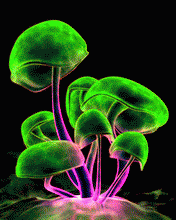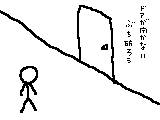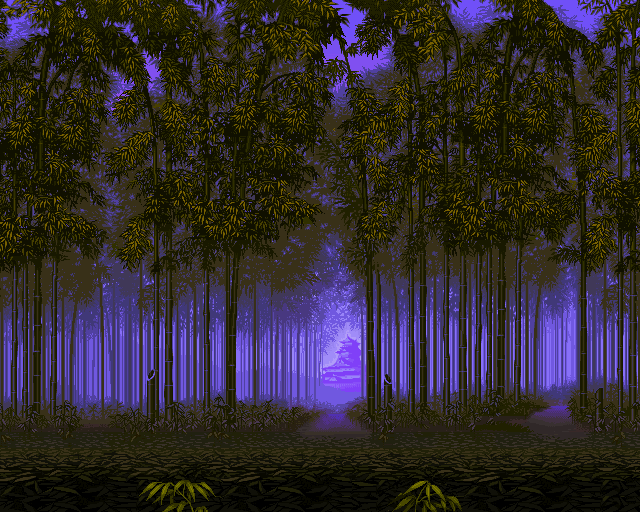
~ NASA handout image from 2009 shows a view of a colorful assortment of 100,000 stars residing in the crowded core of a giant star cluster.
International astronomers said on Thursday they have found the fourth potentially habitable planet outside our solar system with temperatures that could support water and life about 22 light-years from Earth.
The team analyzed data from the European Southern Observatory about a star known as GJ 667C, which is known as an M-class dwarf star and puts out much less heat than our Sun.
However, at least three planets are orbiting close to the star, and one of them appears to be close enough that it likely absorbs about as much incoming light and energy as Earth, has similar surface temperatures and perhaps water.
The new rocky planet, GJ 667Cc, orbits its star every 28.15 days -- meaning its year equals about one Earth month -- and has a mass at least 4.5 times that of Earth, according to the research published in Astrophysical Journal Letters.
"This planet is the new best candidate to support liquid water and, perhaps, life as we know it," said Guillem Anglada-Escudé who was with the Carnegie Institution for Science when he conducted the research but has since moved on to the University of Gottingen in Germany.
The theory about water, however, cannot be confirmed until astronomers learn more about the planet’s atmosphere.
Other planets circling the same star -- which is part of a three-star system -- could include a gas-giant and an additional super-Earth with an orbital period of 75 days, but more observations are needed to confirm that.
Some experts have been skeptical that M-class dwarf stars could have planets that support life because they are too dim and tend to have lots of solar flare activity which could send off lethal radiation to nearby planets.
And even though this star, GJ 667C, has a much lower abundance of elements heavier than helium, such as iron, carbon, and silicon -- the building blocks of terrestrial planets -- than our Sun, astronomers are intrigued by the possibilities.
"This was expected to be a rather unlikely star to host planets. Yet there they are, around a very nearby, metal-poor example of the most common type of star in our galaxy," said co-author Steven Vogt, a professor of astronomy and astrophysics at University of California Santa Cruz.
"The detection of this planet, this nearby and this soon, implies that our galaxy must be teeming with billions of potentially habitable rocky planets."
French astronomers in May last year confirmed the first exoplanet, Gliese 581d, to meet key requirements for sustaining life. It is a rocky planet about 20 light-years away.
Swiss astronomers reported in August that another planet, HD 85512 b, about 36 light-years away seemed to be in the habitable zone of its star.
The US space agency NASA confirmed its first such planet late last year, Kepler 22b, about 600 light-years away.
Source : AFP News – Fri, Feb 3, 2012


















